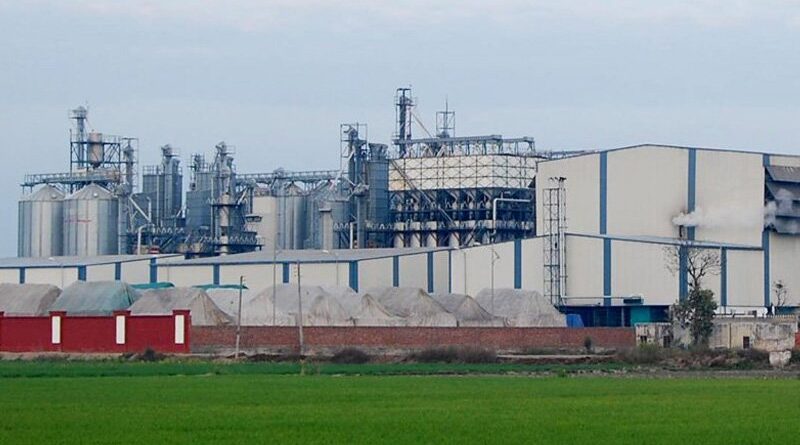India to emerge as world’s biggest rice producer
By Sandip Das
India’s foodgrain production rose by 6% to a record 353.2 million tonne (MT) in the 2024-25 crop year (July-June) compared to previous year because of a significant rise in rice, wheat, pulses and oilseed output, the agriculture ministry said on Wednesday.
The country will also outplace China as the world’s biggest rice producer in the year.
According to the third advance estimates of foodgrain production for 2024-25 crop year, rice and wheat production rose by 8% and 3.7 % to 149.07 MT and 117.5 MT respectively compared to previous year.
Agriculture minister Shivraj Singh Chouhan said in the current crop year output of rice, wheat, corn, groundnut and soybean has reached record levels.
The United States Department of Agriculture (USDA) data has projected China’s rice production at 145.28 MT in 2024-25 which implies India would emerged as the biggest rice producing country. India has been the world’s biggest rice exporter since 2012.
The pulses output in 2024-25 rose by 4% to 25.23 MT on year. Oil seeds production has risen by over 7% to 42.6 MT in 2024-25 out of which output of groundnut (11.89 MT) and Soybean (15.18 MT) reached record level.
In 2024, the southwest monsoon rains (June-September) was 108% of the benchmark long period average or in the above normal range which boosted the kharif as well as rabi sowing.
Given the forecast of ‘above normal’ monsoon rainfall, the government has set a record target of 354.64 MT for food grains production in the 2025-26 crop year (July-June). However this target for the foodgrain production is likely to be revised upward if monsoon rains are as per the projection by the met department.
The prospects of adequate rainfall boosts hopes of robust agriculture-sector output for a second year in row. Kharif sowing accounts for about 60% of the annual crop production. Monsoon rains also provide soil moisture for the winter crops.
Nearly half of the country’s farmland depends on monsoon rains for cultivation of kharif crops – paddy, pulses and oilseeds. In addition, adequate monsoon rains also provide sufficient soil moisture for sowing of the rabi or winter crops — wheat, pulses and oilseeds.
This article has been republished from The Financial Express.

